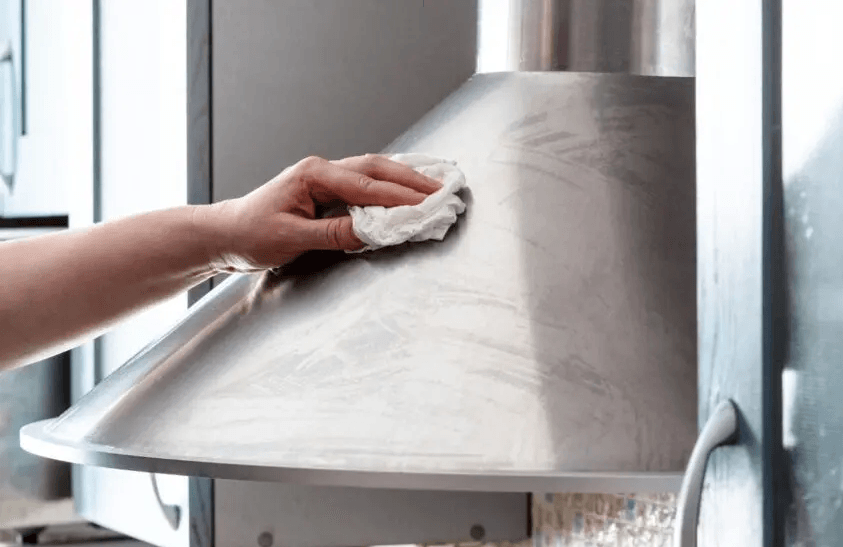When shopping for a range hood, you may have considered its width, cubic feet per minute (CFM), and the style. These are, after all, three of the most important features to consider when shopping for a range hood.
However, one aspect of kitchen exhaust fans that is often overlooked is the range hood’s duct size and configuration.
This is just as important, if not more important, than range hood CFM. Regardless of the CFM of your range hood, if you have ductwork that is too small, it will not run at maximum efficiency.
So, it is in your best interest to identify the right duct size before you make your purchase. This will help you avoid hurdles and unexpected costs down the line. Also, the right range hood duct size will ensure that your hood is efficient and quiet for years to come.
How do you measure a duct for a range hood?

- 0-400 CFM: minimum duct size of 4”, recommended duct size of 6”
- 401-600 CFM: minimum duct size of 6”, recommended duct size of 8”
- 601-900 CFM: minimum duct size of 7”, recommended duct size of 8”-10”
- 901-1200 CFM: minimum duct size of 8”, recommended duct size of 10”-12”
- 1200+ CFM: minimum 10” diameter duct, recommended duct size of 12”
Range Hood Duct Length

Next to ductwork size, the length of your ductwork is important to consider.
In some cases, even if your ductwork is a little undersized, you can still exhaust the cooking air efficiently if you have a very short run or length of ducting.
First, a shorter duct run is always better. This means that your air needs less velocity to make it to the outside.
Next, the less elbows, the better. Every time you change the direction of your ductwork, you add resistance and additional pressure to the air exiting your home. Reducing the length of your ductwork can accommodate for the added resistance.

First, we don’t recommend running your ductwork any longer than 30 feet.
From there, our standard reduction in length for each elbow or 90 degree elbow in your ductwork is 10’. So if you need one elbow, then your max ductwork run should be no more than 20 feet.
So, if you have to choose between a 20’ run with two elbows out the sidewall or a 40’ run straight up with no elbows, these will be about equivalent in static pressure at the exhaust point.
And finally, since hot air rises, upward ducting is always the best way to go in the kitchen. It will help move the air out of your home faster.




Leave a comment
All comments are moderated before being published.
This site is protected by hCaptcha and the hCaptcha Privacy Policy and Terms of Service apply.